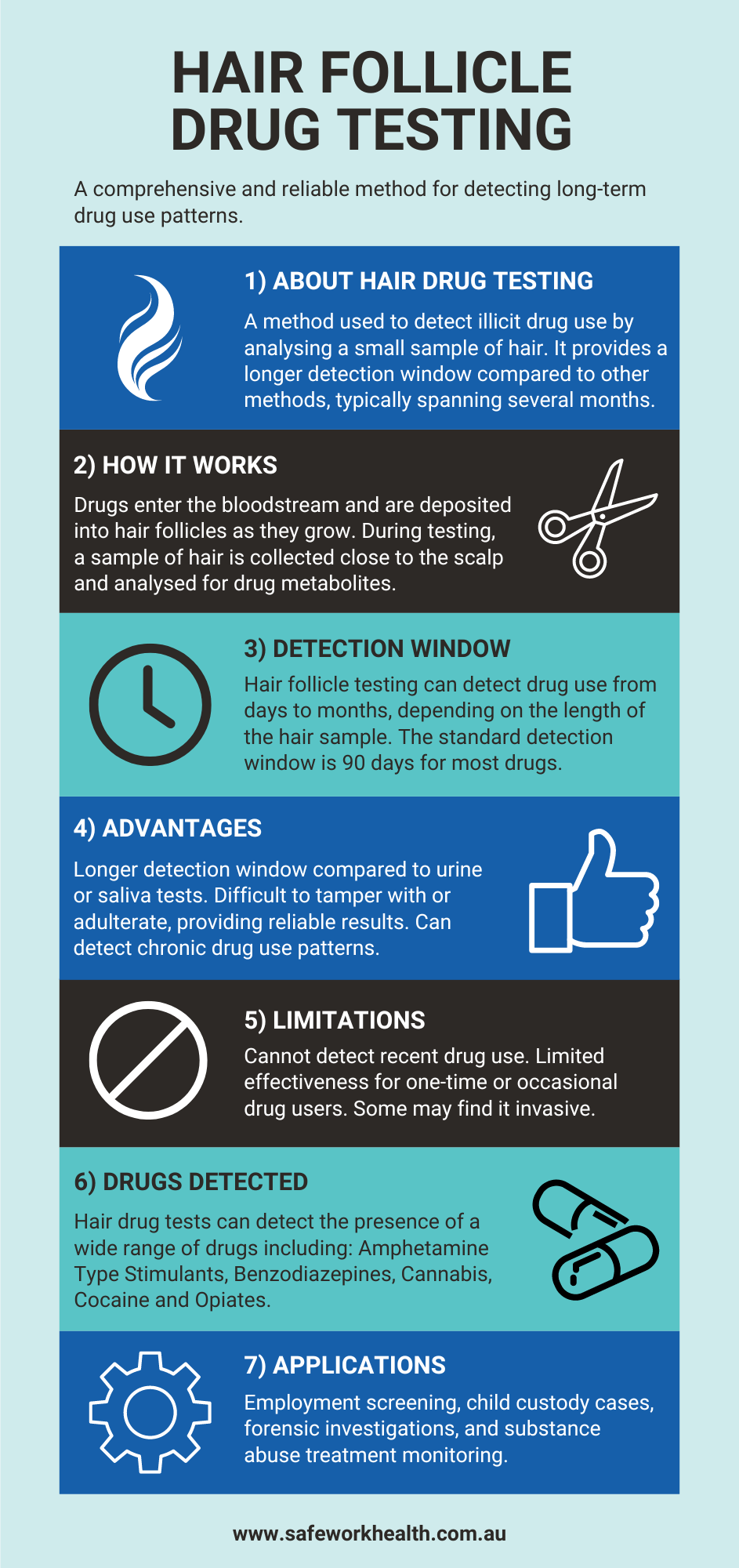Safework Health recently carried out Wastewater Surveillance Testing at a mine site in New South Wales.
Read more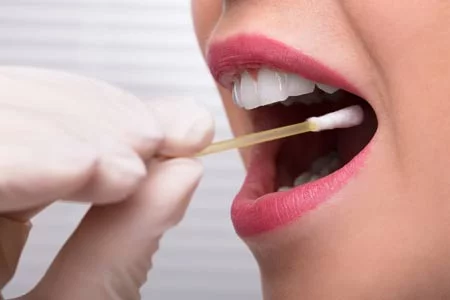
Oral Fluid Drug Test
Maintaining a safe and productive work environment is important for any business. Drug testing helps identify potential risks and ensures compliance with workplace safety regulations. Employers often use either an oral fluid drug test or a urine test to screen employees for substance use. Choosing the right method depends on your business needs, testing frequency, and the accuracy required.
What Is an Oral Fluid Drug Test?
An oral fluid drug test, also known as a saliva drug test, detects the presence of drugs in an employee’s saliva. This test is non-invasive and easy to administer on-site, making it convenient for quick testing situations. Saliva tests typically detect recent drug use within a window of 24 to 48 hours, making them ideal for random and post-incident screenings.
What Is a Urine Drug Test?
A urine drug test is one of the most common methods for workplace drug testing. This test analyses a urine sample to detect drugs and their metabolites. A urine test can identify drug use over a longer period, typically up to several days or weeks, depending on the substance. Employers often use an instant urine drug test for pre-employment and routine workplace testing.
Advantages of Saliva Drug Tests
Saliva drug tests offer several benefits for businesses:
- Quick Results: Saliva tests provide results within minutes, making them useful for immediate decision-making.
- Non-Invasive Collection: The collection process is simple and does not require privacy or special facilities.
- Detects Recent Use: An oral drug test is effective for identifying recent drug use, which is important for post-incident testing.
Saliva tests are best suited for workplaces requiring immediate and on-site testing, such as in transport and logistics organisations.
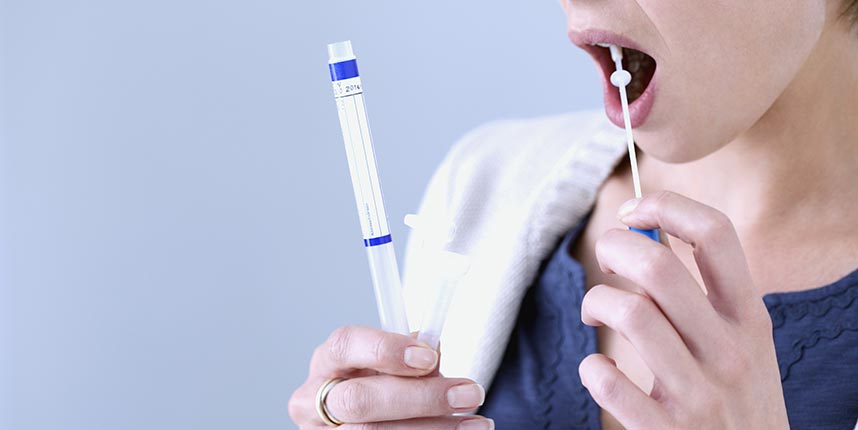
Advantages of Urine Drug Tests
Urine drug tests remain popular for workplace drug screening due to their reliability and broad detection window:
- Longer Detection Period: A urine test can identify drug use that occurred days or even weeks before the test.
- Cost-Effective: Urine testing is often more affordable for large-scale or regular testing programs.
- Established Standards: Urine testing follows widely accepted standards, making it suitable for compliance with workplace policies and regulations.
Businesses implementing pre-employment drug testing in Australia often rely on urine tests for their accuracy and affordability.
Which Test Is More Accurate?
Both saliva drug tests and urine drug tests are accurate when used correctly. However, each method has its limitations.
Saliva Drug Tests are more accurate for detecting recent drug use but may miss substances consumed more than 48 hours prior. On the other hand, Urine Drug Tests offer a broader detection window but may be less effective in identifying immediate impairment.
For accurate and comprehensive workplace testing, many employers use a combination of both methods based on their specific needs.
When to Use Saliva Testing vs. Urine Testing
Different scenarios may call for different types of drug testing:
- Saliva Testing: Ideal for random testing, post-incident situations, and on-the-spot screening due to its immediate results.
- Urine Testing: Suitable for pre-employment screening, routine workplace testing, and when a longer detection window is needed.
Understanding these options helps employers choose the right method for their workplace safety programs.
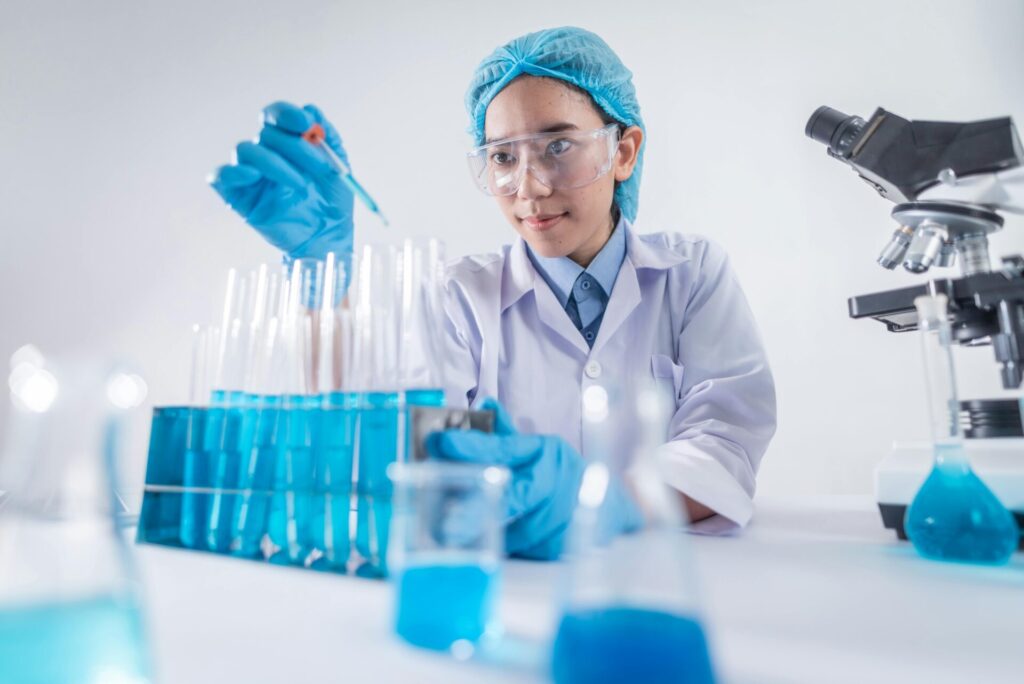
Supporting Drug Testing with Training and Policies
Effective drug testing programs should be backed by comprehensive workplace policies and employee education. Providing drug and alcohol training ensures that employees understand the testing process, the company’s substance use policies, and the importance of a safe workplace.
Additionally, clear policies outlining testing procedures, such as using an instant urine drug test or oral fluid drug test, help maintain transparency and fairness. These policies should be reviewed regularly to align with industry standards and legal requirements.
Implementing Effective Workplace Drug Testing
Combining saliva and urine testing can offer a balanced approach to workplace safety. For instance, using an oral drug test for immediate situations and a urine test for routine checks ensures comprehensive coverage. Businesses can also benefit from pre-employment drug testing to identify potential risks before hiring new employees.
By selecting the right drug testing methods and supporting them with clear policies and training, employers can create a safer, more productive work environment.

Rising Methamphetamine Use in Australia
Methamphetamine is a highly addictive stimulant that produces intense euphoric highs, which are followed by a let-down phase, a “crash” marked by depression, irritability, insomnia, nervousness, and paranoid aggressive behaviours. The International SCORE (Sewage analysis CORe group Europe) collaboration1 recently ranked Australia as second in terms of per capita methamphetamine use of the 30 member nations.
Health Risks and Long-Term Effects of Methamphetamine Residues on Surfaces
Methamphetamine will leave persistent residues on surfaces (benchtops, upholstery, walls, ceiling, flooring, tiles, air-conditioning, ventilation ducts) after manufacture (“cooking”) and smoking. The level of risk depends on the amount of contamination and the susceptibility of the exposed, but they are significant. Short-term exposure effects include recurrent headaches, nausea, dizziness, and respiratory problems. Even minimal exposure can be detrimental, especially for children, pregnant women, and individuals with pre-existing health conditions. Long-term exposure can lead to chronic respiratory problems (bronchitis, recurrent respiratory infections, induced asthma), psychiatric/behavioural problems, neurocognitive injury (memory, cognitive impairment), and an increased risk of cancer (hepatocellular carcinoma and lung cancer).
Exposure Risks and Persistent Health Hazards of Methamphetamine Residues in Contaminated Environments
Exposure can be by skin absorption, eating foods in contact with the residues or (for older children and adults) by breathing in the residues. Children are at greatest risk (given their higher metabolic rate, low body mass and developing CNS) – the EPIC National Clandestine Laboratory Seizure Report 20032 reported ~55% of children tested from sites of former meth home labs test positive for significant levels of meth and other toxic chemicals involved in its manufacture (Messina et al 2015)3. Wright et al (2017)4 reporting on the health effects on children living in former (i.e., supposedly now clean) meth smoke houses and labs emphasised the persisting health risks of methamphetamine environmental contamination (even to adults) which underlines the need for extensive methamphetamine residue testing and thorough cleaning of such sites when identified.
Legal implications
Meth residue contamination has significant legal implications: property owners and landlords can face liability for any injuries or harm resulting from exposure to meth residue on their premises, including physical harm to occupants and financial losses incurred due to the contamination.
Addressing Health Risks of Methamphetamine Residues: The Importance of Testing and Decontamination
With the increasing meth use nation-wide (the latest National Wastewater Drug Monitoring Program report5 shows record high Capital/urban meth use) meth residues pose a serious health challenge – and the first step to address it is meth residue testing followed – if the site is contaminated – by a thorough decontamination.
References
- score-network.eu
- The National Clandestine Laboratory Seizure Report!(EPIC Form 14 OK3) www. We get thereeginfo.gov>DownloadDocument
- Messina N, Marinelli-Casey P, West K, Rawson R. Children exposed to methamphetamine use and manufacture Child Abue Negl. Nov 2014; 38(11): 1872-1883
- Wright W, Keneally ME, Edwards JW, Stewart Walker G. associated with Living in a former Methamphetamine Laboratory – Victoria, Australia 2015 Morbidity and Mortality Weely 6 Jan 2017; 65(52): 1470 – 1473
- www.acic.gov.au/publications
Join this webinar to learn about wastewater drug testing and its implications for workplace safety. Register now!
Read more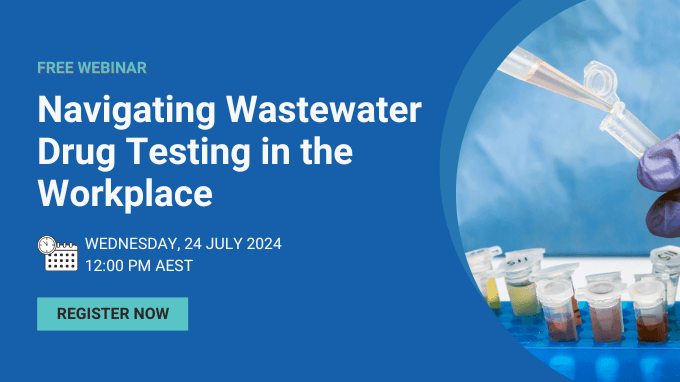
Join us on 24 July 2024 at 12 PM AEST for an informative webinar on wastewater drug testing and its implications for workplace safety and drug monitoring.
Can’t join live? Register to secure your spot, and we’ll send you the recording.
Webinar highlights
In this webinar, we will explore:
- Basics of Wastewater Drug Testing: Fundamentals of this innovative testing method.
- National Wastewater Drug Monitoring Program: Findings, trends & workplace relevance.
- Advantages and Limitations: Why wastewater testing is valuable yet cannot replace conventional drug tests.
- Case Studies: Real-world examples demonstrating the effectiveness of drug use reduction policies.
- Practical Tips: Guidance on integrating wastewater testing into your workplace program.
- Future Trends: Upcoming advancements in wastewater drug testing technology.
Don’t miss this opportunity to enhance your knowledge and improve workplace safety. Save your seat now!
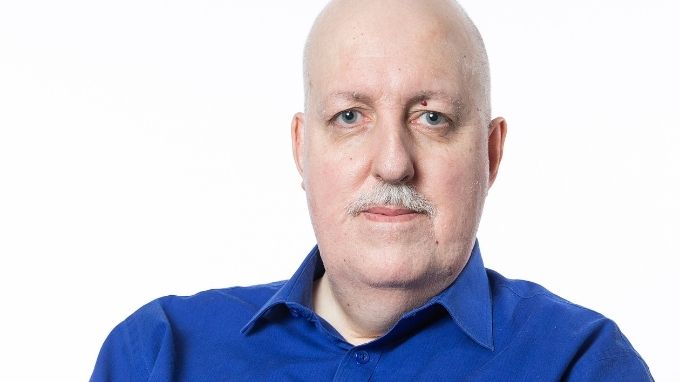
Meet Our Webinar Speakers
Dr Phil Tynan, National Toxicologist
Dr Tynan, a renowned Toxicologist, and retired Clinical Biochemist Pathologist, offers a wealth of industry experience. He specialises in substance abuse testing, supports Safework Health in developing new assays and procedures, and provides expert advice to clients.
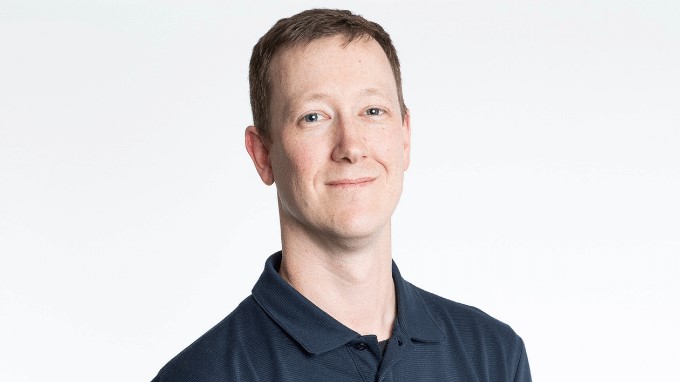
Nathan Brown, National Chief Scientist
Nathan, with over 20 years of expertise in toxicology, is the National Chief Scientist responsible for drug and alcohol tests in our NATA-accredited laboratories. Recognised as a leading authority in toxicology, he provides expert testimony to support medico-legal analytical results.
Explore our new training and education schedule. Enrol today!
Read moreWe’re excited to announce the launch of Safework Health’s new training and education schedule for comprehensive drug and alcohol programs.
This schedule offers a variety of customisable courses designed to meet the specific needs of your business.
Whether you prefer the flexibility of live online sessions or a focused in-person learning experience at your workplace, we have a training option to suit you.
View the course schedule below or download the PDF version.
| Course Name | Duration | Start Time | Cost | Enrol |
|---|---|---|---|---|
| Accredited Training Courses | ||||
| HLTPAT005 – Collect specimens for drugs of abuse testing | 5 hours |
9:00* AM (time can be negotiated based on location) Evening and after-hours availability upon request. |
From $650 + GST per person | BOOK NOW |
| Combined HLTPAT005 – Collect specimens for drugs of abuse testing and ONRSR Authorised Person | One day | 10:00 AM (time can be negotiated based on location)
Evening and after-hours availability upon request. |
From $800 + GST per person | BOOK NOW |
| Workforce Education | ||||
| Drugs and Alcohol – General Awareness | 60-90 minutes | 10:00 AM (time can be negotiated based on location)
Evening and after-hours availability upon request. |
From $600 + GST per session From $1500 + GST per day |
BOOK NOW |
| Manager / Supervisor Training | ||||
| Reasonable Suspicion / For Cause | 2 hours | 10:00 AM (time can be negotiated based on location)
Evening and after-hours availability upon request. |
From $1250 + GST per session | BOOK NOW |
| Alcohol Breathalyser Training | 90 minutes | 10:00 AM (time can be negotiated based on location)
Evening and after-hours availability upon request. |
From $600 + GST per session | BOOK NOW |
| Drug Test Device Training | 60-90 minutes | 10:00 AM (time can be negotiated based on location)
Evening and after-hours availability upon request. |
From $600 + GST per session | BOOK NOW |
| ONRSR Authorised Person | 3 hours | 10:00 AM (time can be negotiated based on location)
Evening and after-hours availability upon request. |
From $250 + GST per person | BOOK NOW |
Course days, times, and prices are subject to change. Please contact us for the most up-to-date course information.
Our terms and conditions can be found here.
*Time can be negotiated based on location. Start times are Eastern Standard Time (AEST).
Meth residue testing is crucial before buying or renting a property to protect your health and investment.
Read more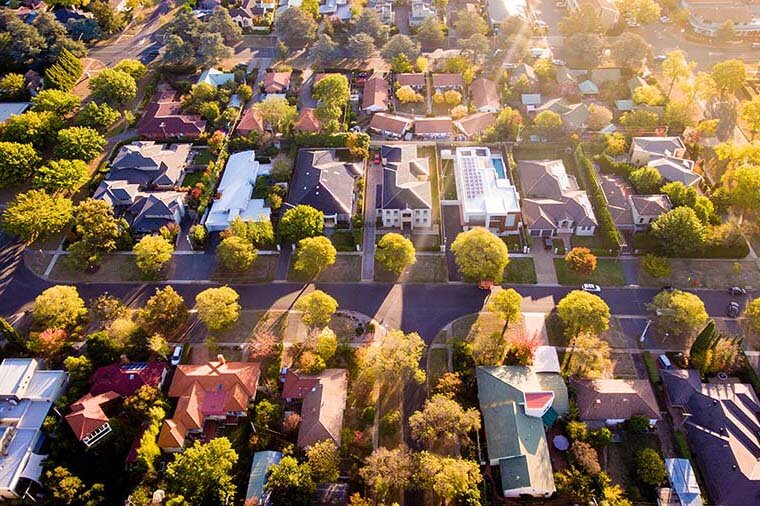
Methamphetamine, also called ice or crystal meth, is a dangerous drug. It harms the people using it and can cause problems for property owners and tenants.
The production and smoking of meth can leave behind toxic residues that may not be visible to the naked eye but can cause health problems for future occupants. This is why meth residue testing is a critical service for anyone involved in real estate, whether buying, selling, or renting properties.
Let’s dive into why meth testing is essential and what it involves.
Understanding Meth Residue
Methamphetamine production and use release harmful chemicals into the environment. These substances can cling to walls, carpets, and even air ducts, creating an invisible threat. Long-term exposure to meth residue can lead to respiratory issues, headaches, and other health concerns, especially in children and pets.
Why Test for Meth Residue?
Protecting Health
The primary reason to test for meth residue is to ensure the health and safety of the inhabitants. By identifying contamination early, property owners can take the necessary steps to decontaminate and prevent exposure to these toxic chemicals.
Real Estate Transactions
When buying a property, you want to ensure that your investment is safe and free from hidden dangers. Meth testing as part of the home inspection process can give buyers peace of mind or serve as a bargaining chip if issues are discovered.
Landlord and Tenant Law
Landlords have a responsibility to provide a safe living environment for their tenants. Testing for meth residue is a proactive measure that can prevent legal issues down the line if tenants become ill due to undisclosed contamination.
How Meth Testing is Conducted
Meth testing involves taking samples from various surfaces within the property. These samples are then analysed in a laboratory to determine the level of contamination. Professional testing is recommended to get accurate results and ensure that the sampling process does not further spread contamination.
What to Do if Meth Residue is Detected
If a test comes back positive for meth residue, it’s crucial to undertake a thorough decontamination process. This should be done by professionals who specialise in hazardous material cleanup to ensure that the property is safe for future use.
Protect Your Health and Investment with Safework Health’s Meth Testing Service
Safework Health provides thorough methamphetamine testing services to safeguard against methamphetamine contamination. Using advanced, lab-based methods, we accurately detect methamphetamine and other amphetamines. As one of the few laboratories in Western Australia offering results within 48 hours, we ensure quick and efficient testing, enabling prompt corrective action.
If you suspect that your property or workplace may have been exposed to methamphetamine use or production, don’t hesitate to contact Safework Health today.
Equip your supervisors with the skills to identify substance use signs and maintain a safe workplace.
Read more
A safe and productive work environment is essential for any business. Training managers and supervisors to recognise signs of drug and alcohol use among employees is crucial for maintaining safety and supporting workforce well-being.
Here’s a comprehensive guide on how to train supervisors to identify and address substance use issues effectively, including conducting reasonable suspicion training.
Understand the Importance of Training
First and foremost, it’s essential to understand why this training is crucial. Supervisors are often the first line of defence in identifying potential substance abuse issues. Proper training equips them with the knowledge and skills to:
- Identify signs of impairment or substance use.
- Take appropriate and timely action to prevent accidents and ensure safety.
- Support employees who may be struggling with substance abuse issues.
Recognise the Signs of Substance Use
Training should cover the physical, behavioural, and performance-related signs that may indicate substance use. These can include:
- Physical signs: Bloodshot eyes, slurred speech, unsteady gait, and unusual odours.
- Behavioural signs: Increased absenteeism, mood swings, lack of coordination, and personality changes.
- Performance issues: Decreased productivity, frequent mistakes, poor decision-making, and unexplained accidents.
Develop Observation Skills
Supervisors need to develop keen observation skills to detect these signs. This involves:
- Paying close attention to changes in employee behaviour and performance.
- Keeping detailed records of any incidents or patterns that may indicate substance use.
- Understanding the difference between occasional issues and consistent patterns that may suggest a problem.
Understand the Legal and Policy Framework
Supervisors must be aware of the company’s drug and alcohol policy and the legal implications of their actions. Training should include:
- A thorough review of the company’s drug and alcohol testing policy.
- Information on federal and state laws regarding workplace substance use.
- Guidelines on maintaining confidentiality and respecting employee privacy.
Practice Effective Communication
Effective communication is key when addressing suspected substance use. Training should teach supervisors how to:
- Approach the employee in a non-confrontational manner.
- Use clear, direct, and respectful language.
- Document conversations and actions taken.
Know the Procedures for Reasonable Suspicion Testing
Supervisors should be trained on the procedures for reasonable suspicion testing, which involves:
- Documenting the observed behaviours that led to the suspicion.
- Following the company’s policies and procedures for initiating a drug or alcohol test.
- Ensuring the process is conducted fairly and consistently.
Support Employees through the Process
Supervisors need to provide support to employees who may be struggling with substance abuse. This includes:
- Referring them to the Employee Assistance Program (EAP) or other resources.
- Encouraging them to seek help and offering support during their recovery process.
- Understanding the signs of relapse and knowing how to respond appropriately.
Safework Health’s Reasonable Suspicion / For Cause Training Course
Enrol your managers in Safework Health’s Reasonable Suspicion Training for Supervisors course today!
This detailed workshop helps supervisors recognise and understand reasonable suspicion and the appropriate steps to take according to your alcohol and drug policy. Training is available online or face-to-face.
Watch this video to learn about workplace drug and alcohol testing.
Read moreDrug and alcohol testing in the wokrplace is crucial to maintaining safety, productivity, and compliance with legal regulations.
Whether you’re an employer looking to implement a drug testing program or an employee seeking information on your rights and responsibilities, this video will provide you with the essential information you need to navigate the complexities of workplace drug testing.
Learn about Coal Board Medicals: vital assessments for coal mining workers to ensure they’re fit for their roles.
Read more
Coal Board Medicals are necessary health assessments for individuals employed in the coal mining industry. These medicals ensure that workers are fit to perform their job duties safely and effectively.
During a Coal Board Medical, various tests are conducted, such as physical exam, lung function, hearing, and vision tests. These tests are designed to evaluate an individual’s overall health and determine their fitness for working in a coal mining environment.
Individuals need to understand the requirements and procedures involved in Coal Board Medicals to ensure they are properly prepared for the assessment. This may include providing relevant medical history information, bringing any necessary documentation, and following any pre-assessment instructions provided by the medical examiner.
What is a Coal Board Medical?
A Coal Board Medical is a comprehensive health assessment specifically designed for individuals working within the coal mining industry. It’s not just a routine check-up; rather, it’s a thorough evaluation to ensure that workers are fit to perform their duties safely and effectively.
Queensland Coal Board Medical Requirements
The Queensland Government tightly regulates the coal mining industry to uphold safety standards. As per these regulations, anyone working in coal mines or associated environments must undergo a Coal Board Medical. Appointed medical professionals who specialise in the health risks of coal mining conduct these assessments.
What Does the Coal Board Medical Include?
A Coal Board Medical covers various aspects of health and fitness, including:
- Physical Examination: This involves a general physical assessment to ensure overall health and fitness for work.
- Lung Function Tests: Given the risk of respiratory issues due to exposure to coal dust, lung function tests, including spirometry and chest X-rays, are typically conducted.
- Hearing Tests: Mining environments often include audiometry tests to address concerns about noise-induced hearing loss.
- Cardiovascular Assessment: Aspects such as blood pressure and heart health may also be evaluated.
- Drug and Alcohol Testing: Mining companies often have strict policies on substance use, including screenings for drugs and alcohol.
Can You Fail a Coal Board Medical?
Yes, it’s possible to fail a Coal Board Medical. If an individual’s health condition doesn’t meet the required standards set by the Queensland government and industry regulations, they may be deemed unfit for work until the issue is addressed.
How Long Does a Coal Board Medical Last?
A Coal Board Medical is usually valid for two to five years, depending on individual circumstances and company policies. After this period, individuals must undergo a new assessment to confirm their continued fitness for work.
Coal Board Medical Costs and Payment
The cost of a Coal Board Medical can vary depending on the provider and the specific assessments required. In Queensland, it’s common for mining companies to cover the cost of these assessments for their employees as part of their commitment to ensuring a safe working environment.
Where to Get a Coal Board Medical?
Coal Board Medicals are conducted by appointed medical advisers (AMA) and occupational health services.
Safework Health’s clinic is located in the Brisbane suburb of Murarrie, making it convenient for workers to book an appointment. To discover more, call us on 1300 795 227 or email [email protected].
Conclusion
In the coal mining industry, prioritising the health and safety of workers is non-negotiable. The Coal Board Medical plays a crucial role in ensuring that individuals are fit to work in this challenging environment. By adhering to Queensland’s stringent regulations and undergoing regular assessments, miners can contribute to a safer and healthier workplace for all.
Enquire Now
Contact our friendly team today to learn more about our drug and alcohol testing services and products.
Unlock the potential of hair follicle drug testing with our informative infographic.
Read moreHair follicle drug testing offers a comprehensive and reliable method for detecting long-term drug use patterns. This infographic provides an understanding of its principles, applications, and implications, empowering informed decisions in various contexts such as employment screening and legal proceedings.
